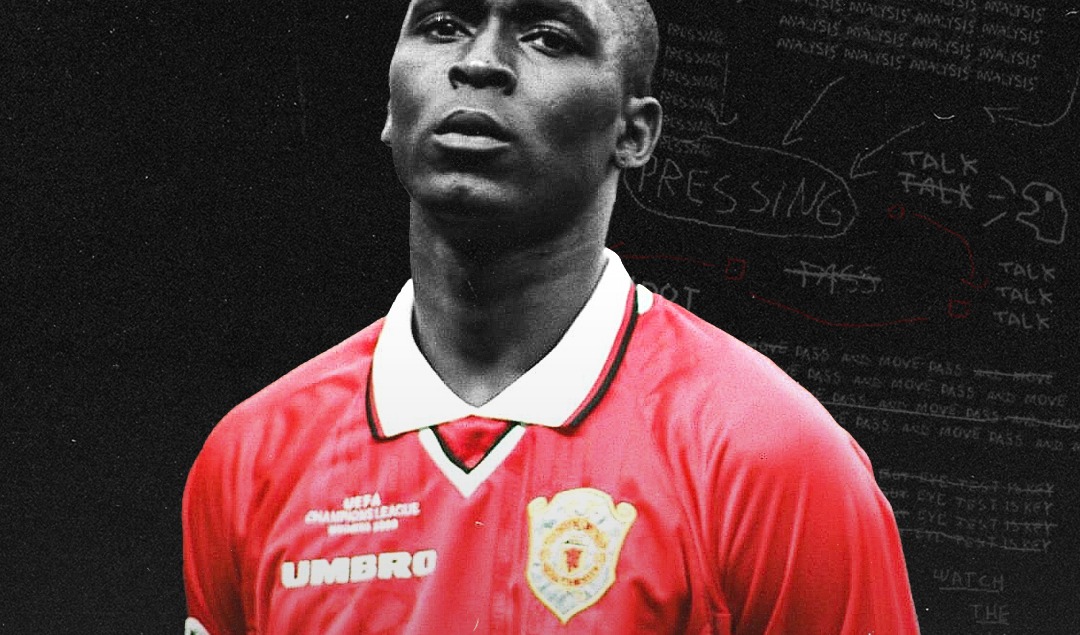Artificial Intelligence in Photo Magic: Editing, Analyzing, and Creating Images
Modern technologies are rapidly evolving, and one of their most striking manifestations is the integration of artificial intelligence into the world of photography. Where editing images once belonged to professional photographers and graphic designers, AI now makes this field accessible to everyone. Even a novice can create impressive photos using simple tools based on powerful algorithms. But what lies behind this revolution, and what are the prospects for the future?
AI in photo processing and analysis has become a true breakthrough. It can not only enhance image quality but also offer users original and unconventional solutions. With its help, unique images can be created that astonish and delight. As a result, we are witnessing a shift in traditional photography approaches, providing new opportunities for creativity and self-expression.
Smart Algorithms: How AI Changes Image Editing
One of the most impressive aspects of AI is its ability to analyze and process photos at remarkable speed. Algorithms trained on millions of images can automatically identify the best features, remove flaws, alter color schemes, and even change backgrounds. This means that we can now not only enhance photos but also experiment with them, creating entirely new compositions.
Today, numerous apps and online services offer automatic image processing. One such example is the Clothoff AI, which allows users to upload their photos and see how AI transforms them into different images. This platform not only entertains but also demonstrates the powerful capabilities of modern technology in image processing, allowing users to explore their visual preferences from various angles and styles.
However, AI is not limited to entertainment applications. It also finds its place in professional photography, where its capabilities help photographers and artists create unique works. For instance, algorithms can automatically adjust lighting settings, suggest cropping options, and even generate new elements for compositions.
Prospects: What Awaits Us in the Future
As technology becomes increasingly sophisticated, new opportunities for AI in photo analysis are emerging. The capabilities for automatic image processing will only expand, allowing for even more astonishing visual effects. In the future, we may see algorithms that not only alter existing images but also create entirely new ones based on user-defined parameters. This could include everything from changing a person’s appearance to generating fantastic landscapes and abstract compositions.
Recently several startups have begun developing technologies that enable AI to not only edit photos but also understand the context of an image. This means algorithms could predict how users might interact with visual elements, creating a deeper connection between the image and the viewer. For example, if a user uploads a photo with friends, AI could suggest enhancements that make the snapshot more emotional and memorable.
The integration of AI into social media and online marketing is also becoming a significant direction. Brands can utilize algorithms to analyze how various images are perceived by audiences and tailor their campaigns based on this data. As a result, visual content will become increasingly personalized, catering to the demands of specific groups.
Ethics and Safety: Risks of Using AI in Photo Editing
Despite all the advantages, the use of AI in photo analysis and editing comes with risks. One of the most pressing issues is the ethics of applying such technologies. How will the generated images be used, and who will be responsible for their consequences? For instance, AI can easily alter a person’s appearance in a photograph, potentially leading to misunderstandings or manipulation of images.
It is also crucial to consider safety concerns. Storing personal data, such as photographs, requires strict adherence to norms and regulations to avoid data breaches and unauthorized use of images. Developers and companies utilizing AI must be attentive to these aspects, ensuring transparent and secure conditions for users.
Conclusion: AI as a Partner in the Art of Photography
Artificial intelligence opens the door to a world of new possibilities in photo analysis and editing. It serves as a powerful tool for both amateurs and professionals, helping them create unique images and realize their creative ideas. However, it is important to remain mindful of the ethical and safety aspects of using such technologies.
In the future, we can expect even more exciting transformations in this field, where AI will become not just a tool but a true partner in the creative process.
